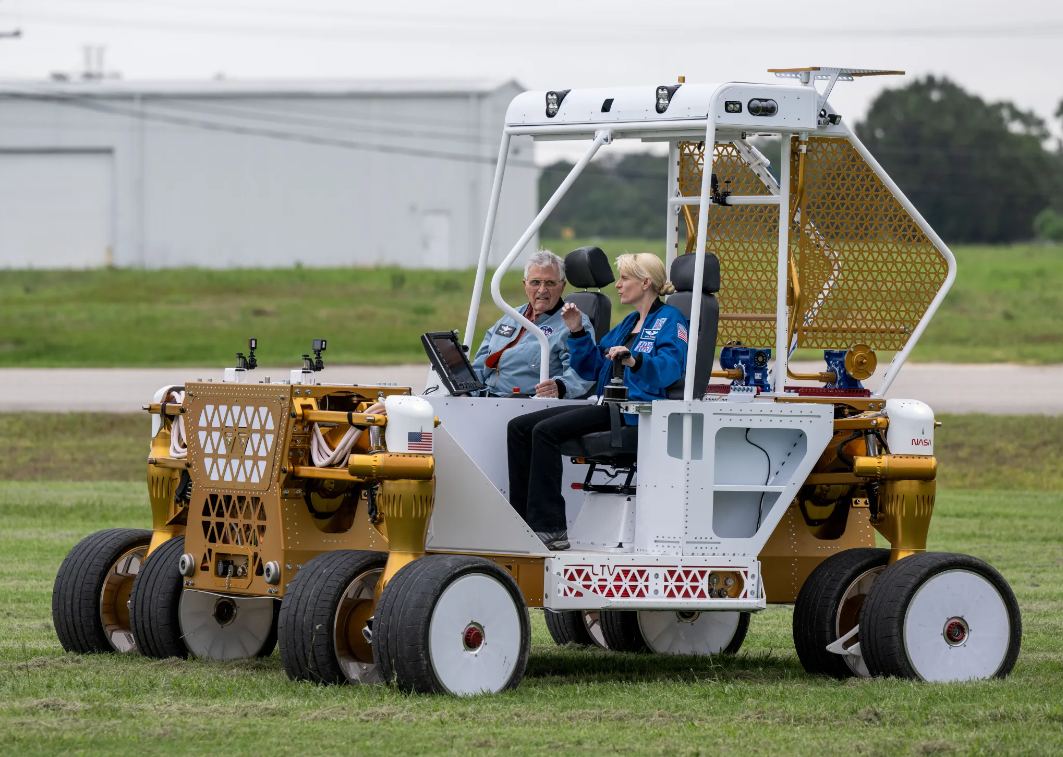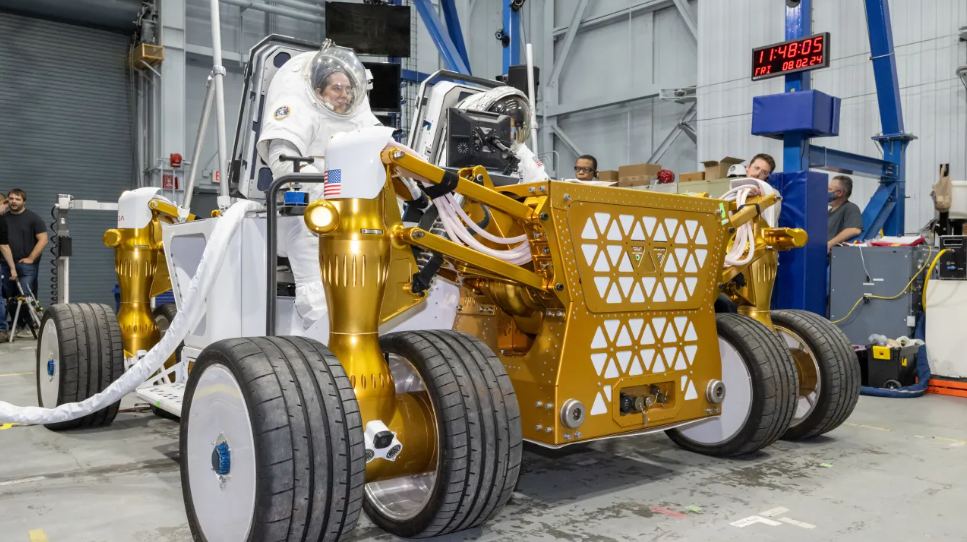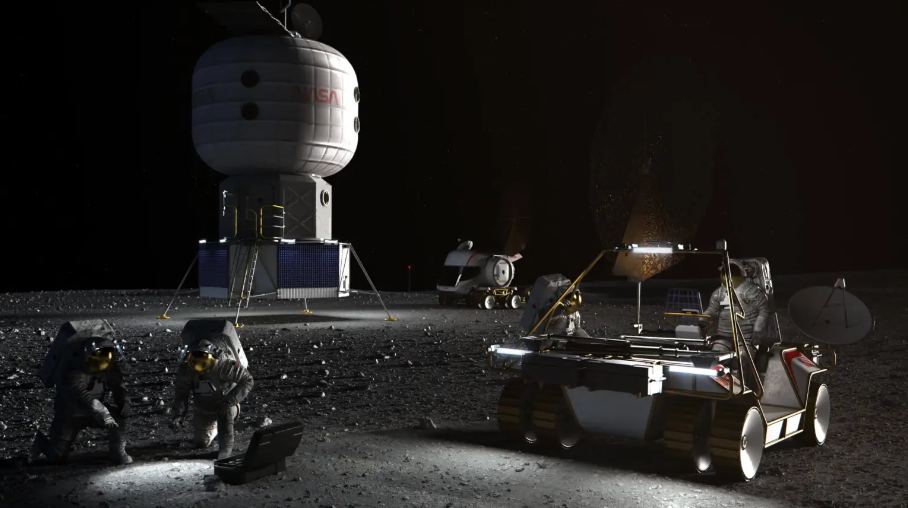In the summer of '69, Apollo 11 delivered humans to the surface of the Moon for the first time. Neil Armstrong and Buzz Aldrin spent just over two hours exploring the area near their landing site on foot. Only during Apollo 15, 16, and 17 did astronauts have a vehicle to move around in.
Artemis astronauts on the Moon will have access to a vehicle right away, and NASA is starting to test a prototype.
Momentum is building behind NASA's Artemis program despite some setbacks. Artemis astronauts will explore the Moon far more thoroughly than the Apollo astronauts did, and technology is behind the improvement. Surface mobility is a key piece of Artemis. In April of 2024, NASA selected three vendors as part of their Lunar Terrain Vehicle Services contract.
NASA engineers at the Johnson Space Center are designing an unpressurized rover prototype known as the Ground Test Unit. It's a human-rated, unpressurized LTV (Lunar Terrain Vehicle). The unit is being designed and built as a platform to evaluate rover designs being developed by three private companies: Intuitive Machines, Lunar Outpost, and Venturi Astrolab.
Intuitive Machines is known for its IM-1 mission with its Nova-C Lander. They were the first private company to land a spacecraft on the Moon.
Lunar Outpost is known for its Mobile Autonomous Prospecting Platform (MAPP) rover (MAPP) rover. MAPP will be used on Intuitive Machines' IM-2 and IM-3 missions and will demonstrate aspects of In-Situ Resource Utilization.
Venturi Astrolab is known for developing hyper-deformable wheels and batteries for lunar rovers. They're also developing their FLEX rover, a larger vehicle designed to be modular to meet different objectives.
The LTV will be used to test the technologies these three companies develop. It'll be used to evaluate crew compartment design, rover maintenance, science payload, and many other aspects of their rovers.
"The Ground Test Unit will help NASA teams on the ground, test and understand all aspects of rover operations on the lunar surface ahead of Artemis missions," said Jeff Somers, engineering lead for the Ground Test Unit. "The GTU allows NASA to be a smart buyer, so we are able to test and evaluate rover operations while we work with the LTVS contractors and their hardware."
NASA has some requirements that the three selected companies need to meet. The rover must support two crew members and be able to be operated remotely. It can use multiple control concepts, such as supervised autonomy, different drive modes, and self-levelling.
By supplying the Ground Test Unit, NASA is making it easier to test the designs from the three companies. It also helps build private sector capacity by enabling testing and iterative design without the separate companies needing to spend money on a GTU. Ground testing also allows for a safer testing environment.
When Apollo 11 reached the Moon, it was a civilization-defining moment. There was no reason to explore beyond the landing site since it was as unexplored as the rest of the Moon. But things are much different now.
Thanks to other missions and satellites that orbit the Moon, we have an almost encyclopedic knowledge of our natural satellite compared to the Apollo days. We know what questions we want answered, where we can do the best science, and where useful resources like water ice is. The idea behind Artemis is to go to the Moon and create an infrastructure that will allow us to maintain a presence there.
The Artemis lunar missions will rely on mobility to meet their goals. The LTV will be critical to Artemis' success by allowing each mission to explore and develop a larger area. NASA intends to use the new rovers starting in Artemis V, which will launch no sooner than 2030.
 Universe Today
Universe Today




